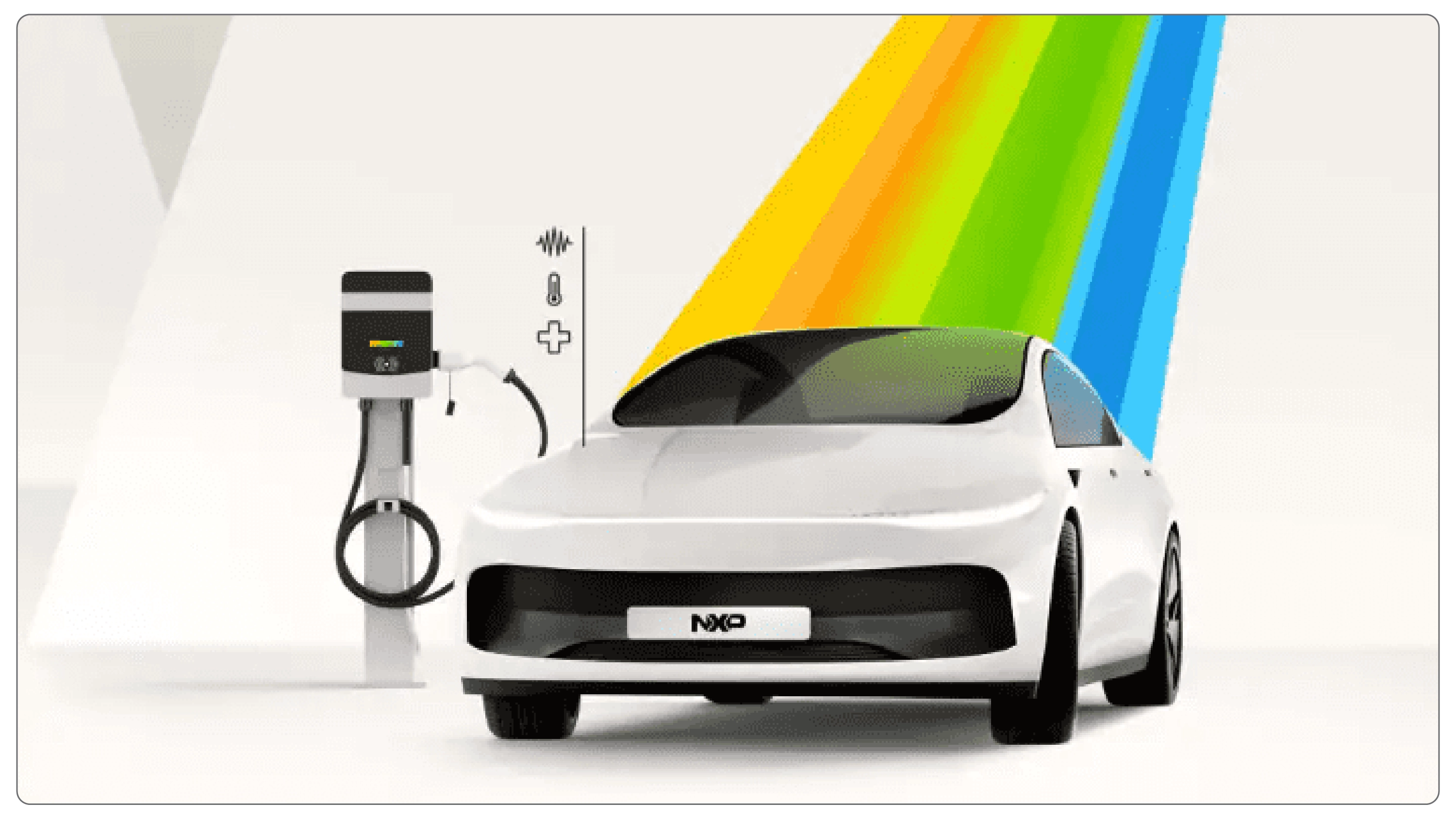NXP Expands EV Portfolio with Innovative BMS Chipset Integrating EIS Capabilities
NXP Semiconductors has introduced a pioneering battery management system (BMS) chipset that incorporates electrochemical impedance spectroscopy (EIS) into the vehicle. This offers nanosecond-level, synchronized monitoring of the entire battery pack in high-voltage EV applications. This novel feature is the first laboratory-level EIS diagnostics in a commercial BMS. They are allowing the automaker to acquire more knowledge than ever about battery health and charging safety, and to simplify the system's design.

NXP is redefining electric mobility with a next-generation battery management architecture designed to enhance safety, efficiency, and battery longevity. By equipping vehicles with advanced diagnostic capabilities, the system addresses key challenges in the EV sector, including early detection of cell degradation and precise control of fast-charging processes.
At the core of this innovation is a tightly integrated three-chip architecture comprising the BMA7418 cell-sensing device, BMA6402 gateway, and BMA8420 battery junction box controller. Working together, these components enable real-time, high-frequency measurement of individual battery cells, without the need for additional sensors or costly redesigns of existing battery packs. This intelligent design not only improves battery performance and reliability but also simplifies system integration, paving the way for more sustainable and accessible electric mobility.
Hardware synchronization guarantees an accurate alignment of all measurements, whereas in-chip discrete Fourier transformation facilitates accurate impedance analysis. This level of accuracy enables EV manufacturers to detect early signs of ageing, micro-short circuits, and voltage variations that traditional time-based monitors fail to recognize. The solution also meets the increased industry demand for predictive maintenance and lifecycle management of EV batteries at NXP. The system delivers actionable information to fleet operators by continuously measuring each cell's impedance and overall condition, improving safety and operational efficiency.
Executive's Statement
Naomi Smit, VP and GM, Drivers and Energy System, NXP Semiconductors
“The EIS solution brings a powerful lab-grade diagnostic tool into the vehicle. It simplifies system design by reducing the need for additional temperature sensors and supports the shift toward faster, safer, and more reliable charging without compromising battery health. The chipset also offers a low-barrier upgrade path, with pin-to-pin compatible packages that can be directly upgraded to on-cell module and battery junction box control units.”